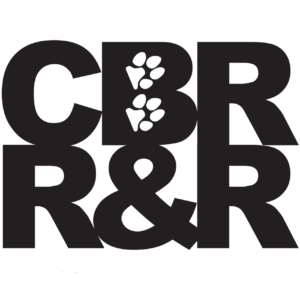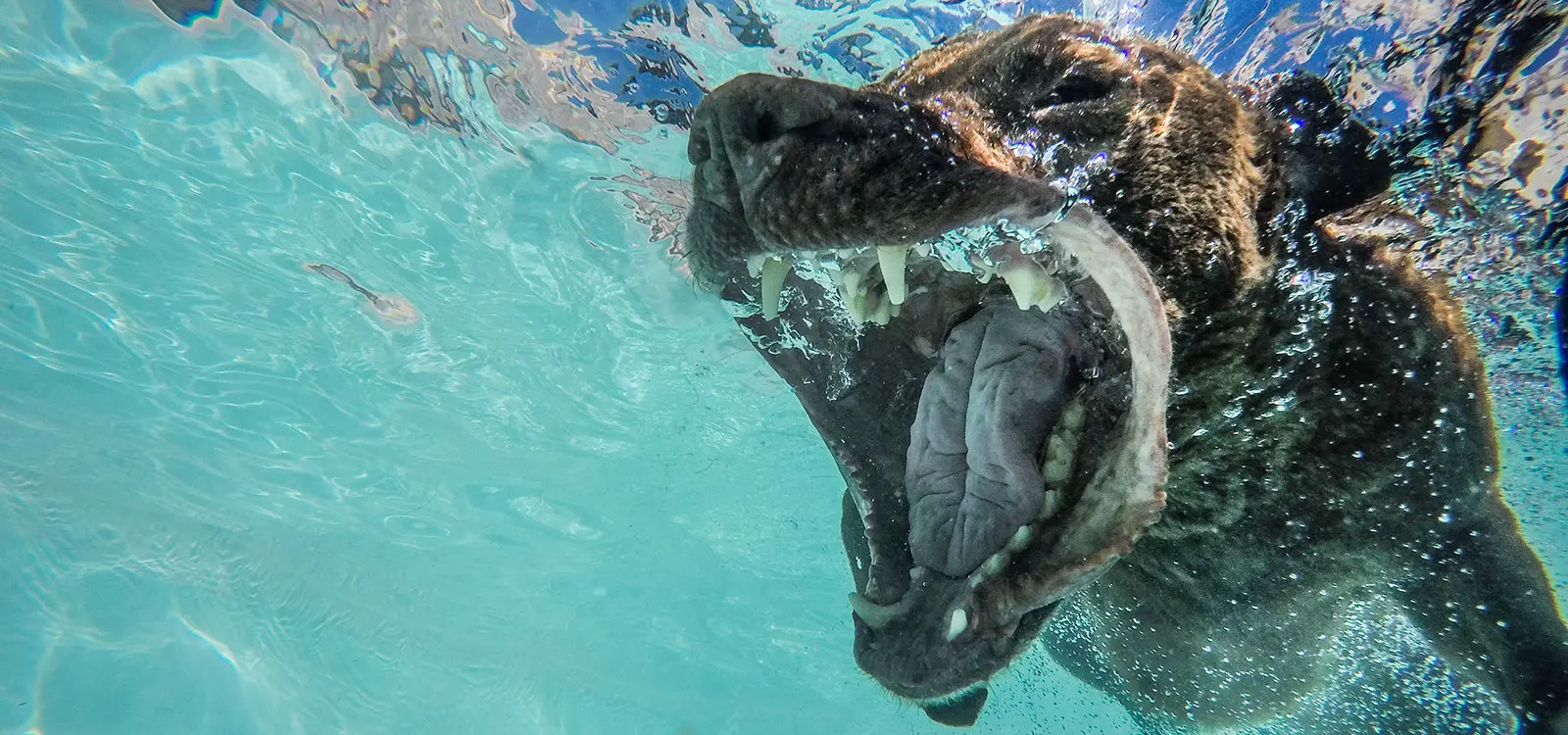Don’t Buy a Chesapeake Bay Retriever!
Copied and expanded upon an article by Pam Green (©1992), titled “Don’t Buy a Bouvier.” Pam writes:
I first wrote this article nearly 10 years ago. Since then it has become a classic of Bouvier literature, reprinted many times. Since then I have spent nearly 5 years in Bouvier Rescue, personally rescuing, rehabilitating, and placing 3 or 4 per year and assisting in the placement of others. Very little has needed revision in this new addition…..I give my permission freely to all who wish to reprint and distribute it in hopes of saving innocent Bouviers (Ed. note: we read CBR’s here!) from neglect and abandonment by those who should never have acquired them in the first place.
Interested in buying a Chesapeake Bay Retriever? You must be or you wouldn’t be reading this. You’ve already heard how marvelous CBRs are. Well, I think you should also hear, before it’s too late, that
CHESAPEAKE BAY RETRIEVERS ARE NOT THE PERFECT BREED FOR EVERYONE.
As a breed they have a few features that some people find charming, but that some people find mildly unpleasant and some people find downright intolerable.
There are different breeds for different needs. There are over 200 purebred breeds of dogs in the world. Maybe you’d be better off with some other breed. Maybe you’d be better off with a cat. Maybe you’d be better off with goldfish, a parakeet, a hamster, or some house plants.
DON’T GET A CHESAPEAKE BAY RETRIEVER IF YOU…
- are attracted to the breed chiefly by its appearance
- don’t intend to educate (train) your dog
- lack leadership (self-assertive) personality
- want a totally non-aggressive and non-protective dog
- are unwilling to share your house and your life with your dog
- don’t value laid-back companionship and calm affection
- are fastidious about the neatness of your home
- dislike daily physical exercise
- believe that dogs should run “free”
- can’t afford to buy, feed, and provide health care for one
- want the “latest, greatest ferocious killer attack dog”
- are not willing to commit yourself for the dog’s entire lifetime
- conclusion






